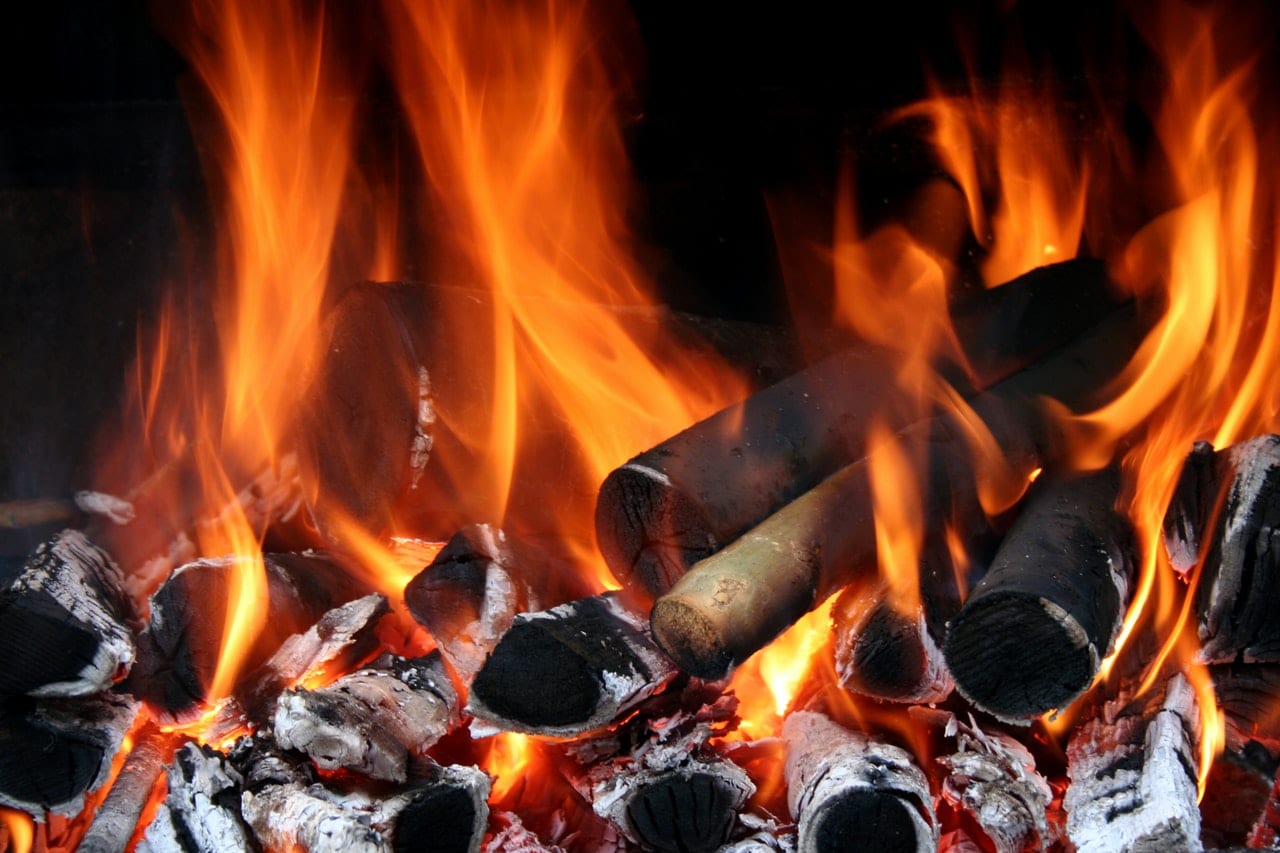Will coronavirus die in a very hot or cold temperature? This is probably on everyone’s mind when they think of how COVID-19 is not slowing down despite the warming summer months.
At the onset of the outbreak in Wuhan, China, people thought that the colder temperatures are encouraging the virus to spread. It is now time to turn to the science of viruses to see which facts are indeed facts, and which facts are simply myths or fiction.
At what temperature does coronavirus die?
Sterilization techniques that disinfect objects through steam or microwave radiation can attain a temperature of 120˚ Celsius or 248˚ Fahrenheit. This is the amount of heat required to disinfect household objects and physical surfaces, which is too much for humans to withstand.
There are some reports that solar radiation can kill the virus. However, still, the standard practice of autoclaving, which uses a temperature of 60˚ Celsius or 140˚ Fahrenheit for one hour, has shown to be ineffective in some cases, where viral particles still survive after autoclaving.
While solar radiation and the summer months may not be enough to end the COVID-19 pandemic across the globe, there is a glimmer of hope, according to some scientists. One study published in the Social Science Research Network has shown that 90% of COVID-19 infections around the world have occurred in countries with an average temperature range of 3˚ Celsius (37.4˚ Fahrenheit) to 17˚ Celsius (62.6˚ Fahrenheit), with an absolute humidity of 4-9 grams per cubic meter. What this data suggests is that the virus moves more quickly in countries with colder climes. It has also been discovered that in countries where the average temperature is 18˚ Celsius or 64.4˚ Fahrenheit, cases tended to drop around 6% compared to the global average.
Doctors are still largely cautious, however, in giving people hope that the summer months will defeat the pandemic. According to Dr. William Schaffner, an infectious diseases specialist from the Vanderbilt University in Tennessee: “It’s unreasonable, I think, at this point to expect that the virus will quote-on-quote disappear during our summer months.”
Does heat kill the virus?
Heat can kill the virus, but the kind of heat that we have during the summer months does not reach the level needed to kill viruses quickly and effectively in the context of community spaces. We must remember that when you are dealing with communal or public spaces, people come and go all the time, even with social distancing, and people sniffle, cough, and sneeze without you knowing it.
You will need to bake a place at 100˚ Celsius or 212˚ Fahrenheit to make sure that a place is disinfected through just the temperature of the space. Also, it appears that humidity also plays a role in spreading viruses like COVID-19. The low humidity in colder countries means the moisture sphere, as they call it, disappears, and viruses like COVID-19 can hover or remain suspended in the air for longer periods.
During the summer months, when the temperature is higher, exhalations will not linger in the air. Still, they will instead become heavier because of the absolute humidity, and the droplets will drop to the ground instead. Respiratory droplets that may have potential transmission capacities will not remain suspended in the air for long, though they still will, depending on the conditions of a given space where people are.
Does heat kill coronavirus?
While we cannot count on the summer months killing off COVID-19, the extra humidity and increase in temperature do seem to contribute to slowing it down, so there is some hope there about minimizing the impact of COVID-19 in the coming months. Those living in more tropical climes will likely experience lower levels of community transmission. Still, the solar radiation or natural heat of the sun is not enough to stop it completely.
Does cold kill coronavirus?
So far, there is no scientific data suggesting that the cold has any effect on the transmission or spread of COVID-19, considering that it’s cold in Mainland China, and the pandemic began in December 2019 in Wuhan, China. On a more positive note, COVID-19 doesn’t seem to have a dramatic seasonable spread compared to older strains like seasonal influenza, which comes from the same virus family.
Coronavirus temperature resistance is still being studied. What we do know at the moment is that in one study from the Science of the Total Environment, a mean temperature increase equal to more than 3˚ Celsius or 37.4˚ Fahrenheit increased from newly confirmed COVID-19 cases. An increase of just 1˚ Celsius or 33.8˚ Fahrenheit also resulted in a 4.861% increase in daily confirmed causes. The data in this newly published study shows that an increase in the ambient temperature will not have a huge impact on community transmissions.
Again, this is because it takes a much higher temperature to destroy viral particles on physical surfaces. While humidity makes it harder for viral particles to travel through respiratory droplets and linger in the air, they still do linger, and this becomes problematic in public spaces. Even if people are trying their best to maintain social distancing, it is still possible to become exposed to the virus to such an extent that you become infected by it.
Another angle that we can look at as to why sometimes, the transmission rate is lower in some climes, is that there is more sun, so people develop more vitamin D3 in response to natural sun exposure.
More vitamin D3 means more resistance to the coronavirus as one study expanded on recently. Having more vitamin D3 means you may have a better immune response in general to all human pathogens because vitamin D3 stimulates the immune system. But then again, let us not take this too far as the WHO continues to say that the summer months are not enough to save everyone from being infected from COVID-19.

